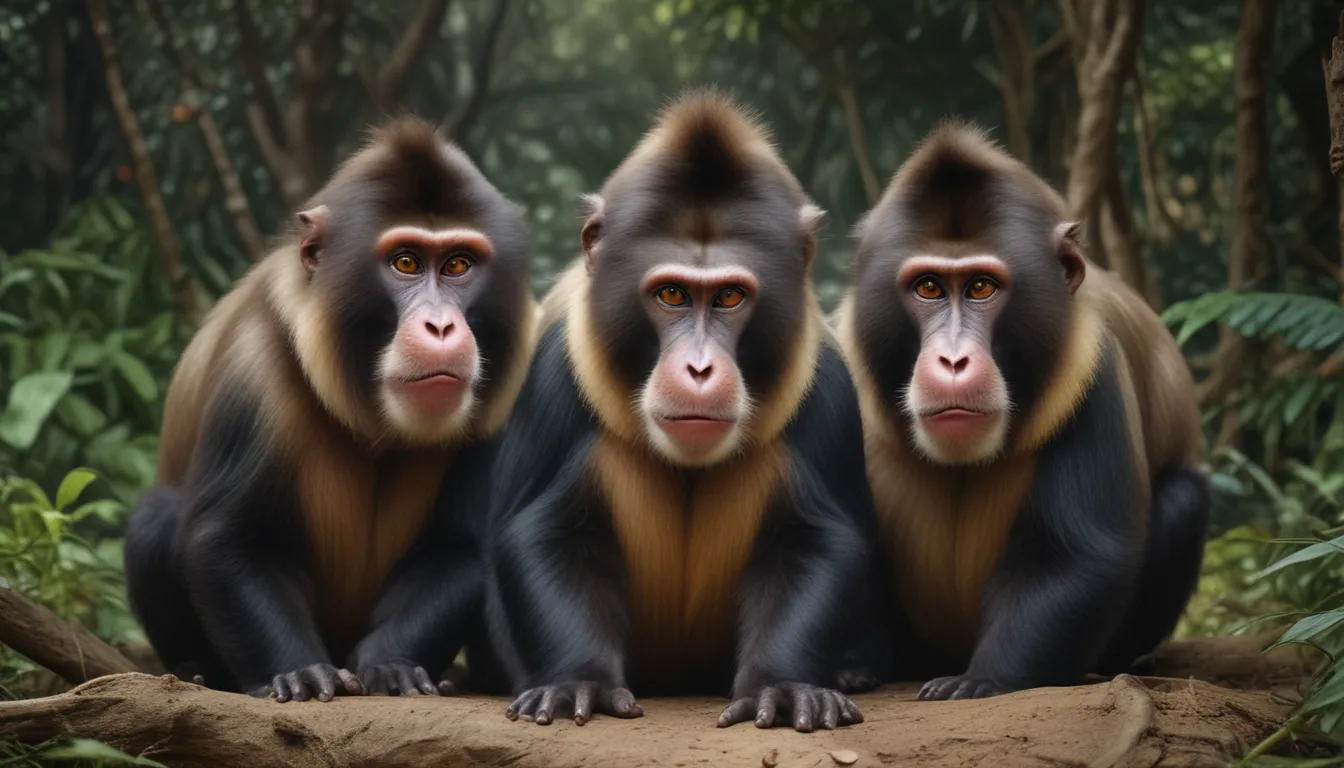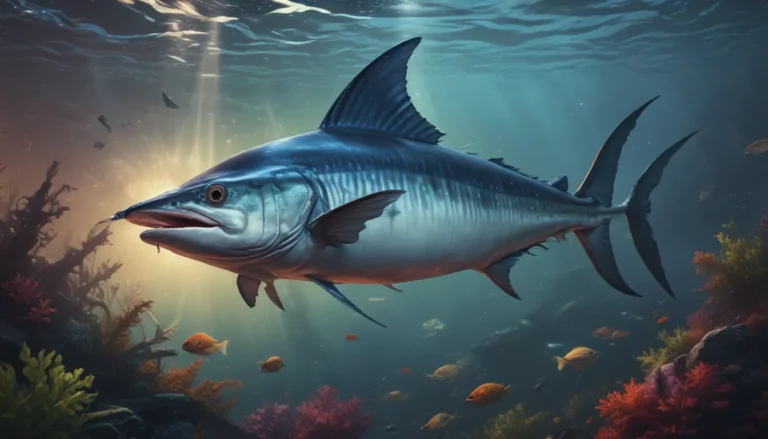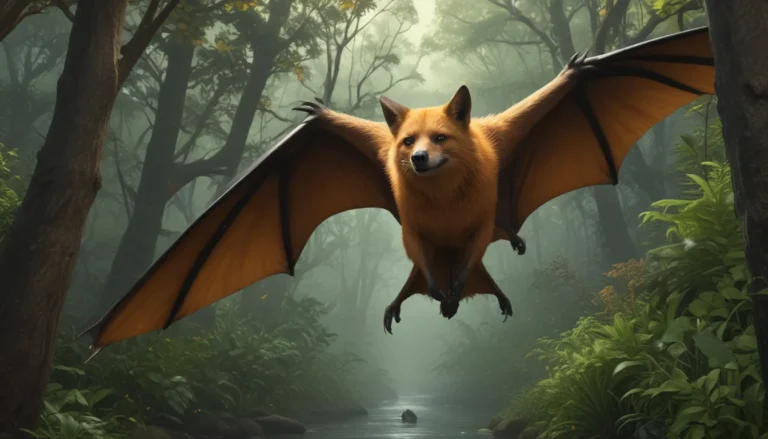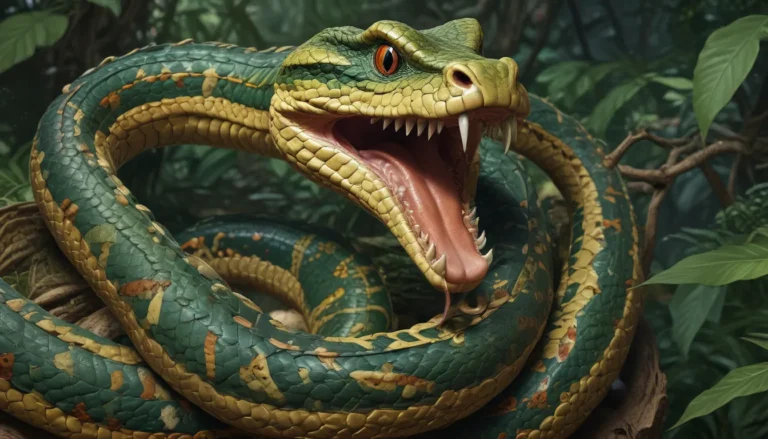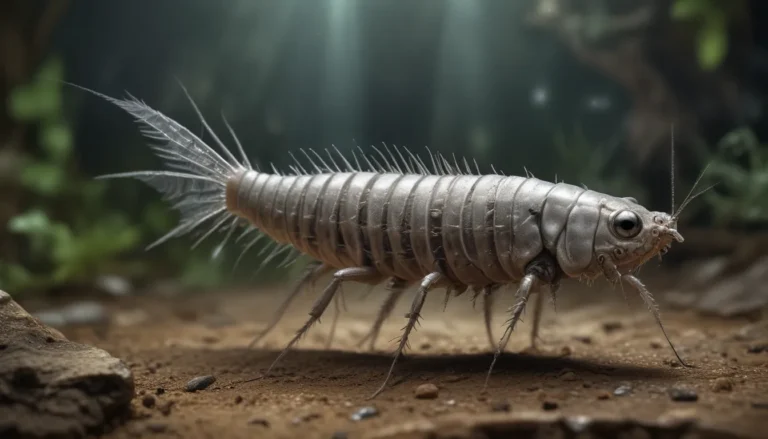The pictures we use in our articles might not show exactly what the words say. We choose these pictures to make you interested in reading more. The pictures work together with the words but don’t take their place. The words still tell you the important facts.
Mandrills, with their vibrant colors and intriguing behaviors, stand out as one of the fascinating creatures inhabiting our planet. Originating from the lush rainforests of Central and West Africa, these remarkable primates have captivated the attention of scientists and wildlife enthusiasts worldwide. In this article, we will delve into 12 captivating facts about mandrills, shedding light on their physical characteristics, social dynamics, habitat, and more.
Exploring the Colorful World of Mandrills
Mandrills are renowned for their vibrant colors, making them easily recognizable in the dense jungles where they roam. With their striking facial markings and unique features, these primates hold a special place in the ecosystem.
- Mandrills hail from the rainforests of Central and West Africa, where their vivid colors make them stand out among the lush greenery.
- Male mandrills boast elaborate facial markings, including bright blue ridges on their noses and vivid red and pink skin on their cheeks.
- Weighing up to 80 pounds, male mandrills claim the title of the largest monkey species in the world, with females trailing behind at around 25-30 pounds.
The Sociable Lives of Mandrills
Mandrills are highly social animals, living in large groups known as troops that can comprise several hundred individuals. Their intricate social structure revolves around communication through vocalizations and facial expressions.
- Mandrills communicate using a variety of vocalizations, including grunts, screams, and barks, along with expressive facial gestures.
- These primates primarily feed on fruits, seeds, leaves, and roots, adhering to a herbivorous diet that sustains their vibrant existence.
- The colors of a mandrill's face can indicate its social status and reproductive readiness, with brighter hues signifying higher rank and attractiveness to potential mates.
Reproduction and Family Life of Mandrills
Mandrills follow a unique reproductive cycle, with females giving birth to a single offspring every two to three years. The intricate dominance hierarchy within their troops plays a significant role in shaping their social dynamics.
- Female mandrills nurture their young, carrying them on their bellies for the first few months of their lives.
- Mandrills exhibit a complex dominance hierarchy within their troops, led by a dominant alpha male who holds priority access to resources and mates.
- A specialized dewlap on their chests allows mandrills to communicate visually, with skin color changes reflecting their emotional states and signaling communication cues.
The Struggle for Survival: Conservation Concerns
Despite their mesmerizing presence, mandrills face numerous threats in the wild, leading to declining populations and putting them at risk of extinction. Conservation efforts are critical to safeguarding these iconic creatures and preserving the biodiversity of African rainforests.
- Mandrills are listed as vulnerable by the International Union for Conservation of Nature (IUCN) due to factors such as habitat loss, poaching, and the illegal pet trade.
- Mandrills are skilled climbers, navigating the treetops with agility and utilizing their strong limbs and prehensile tails to maneuver through their forest habitat.
- While mandrills possess natural defenses against predators like leopards and large snakes, continued conservation initiatives are essential to ensure their long-term survival.
Embracing the Diversity of Wildlife
The world of mandrills offers a peek into the rich tapestry of life that thrives in our natural surroundings. By unraveling the mysteries of these colorful primates, we gain a deeper appreciation for the intricate web of relationships that sustains our ecosystems.
Connecting with Nature and Wildlife
As we embark on a journey of discovery and appreciation for the awe-inspiring creatures that share our planet, let us remember the importance of conservation and preservation. Each species, like the mandrill, plays a vital role in maintaining the delicate balance of nature.
Explore the wonders of wildlife and delve into the enigmatic behaviors of diverse animal species, uncovering the beauty and complexity of the natural world.
Join Us in Celebrating the Majesty of Mandrills
In conclusion, mandrills stand out as masterpieces of nature, blending vibrant colors, intricate social structures, and remarkable adaptations. By understanding and cherishing these 12 facts about mandrills, we deepen our connection to the wonders of the animal kingdom and reaffirm our commitment to safeguarding their survival.
FAQs
Q: What is the mandrill’s natural habitat?
A: Mandrills are native to the rainforests of equatorial Africa, particularly in countries like Gabon, Cameroon, and Congo.
Q: How big do mandrills get?
A: Adult male mandrills can weigh up to 77 pounds and measure around 3 feet in height, ranking as the largest monkey species globally.
Q: Why do mandrills have such colorful faces?
A: The vibrant facial markings of mandrills serve as visual cues for communication and social hierarchies within their troops.
Q: What do mandrills eat?
A: Mandrills have an omnivorous diet, consuming fruits, seeds, leaves, flowers, insects, small vertebrates, and fungi.
Q: Are mandrills endangered?
A: Yes, mandrills face the threat of extinction due to habitat loss, hunting, and the illegal pet trade.
Q: How long do mandrills live?
A: In the wild, mandrills typically live for about 20 years, with some individuals reaching up to 30 years in captivity.
Q: Can mandrills be kept as pets?
A: No, mandrills are wild animals and are not suitable for domestication as pets.
Let us continue our exploration of the natural world and celebrate the diversity of life that surrounds us. Together, we can learn, appreciate, and protect the magnificent creatures that call our planet home.
